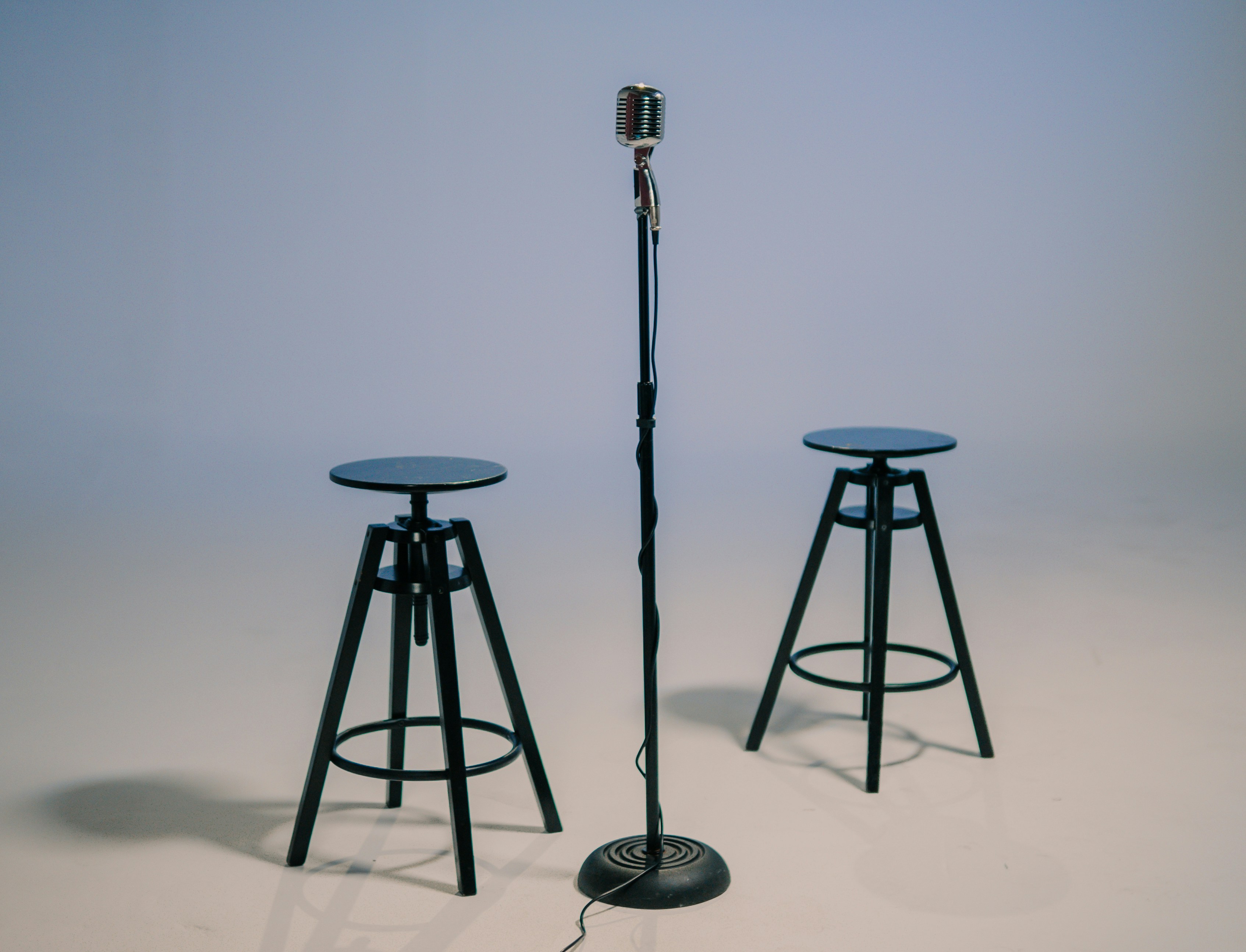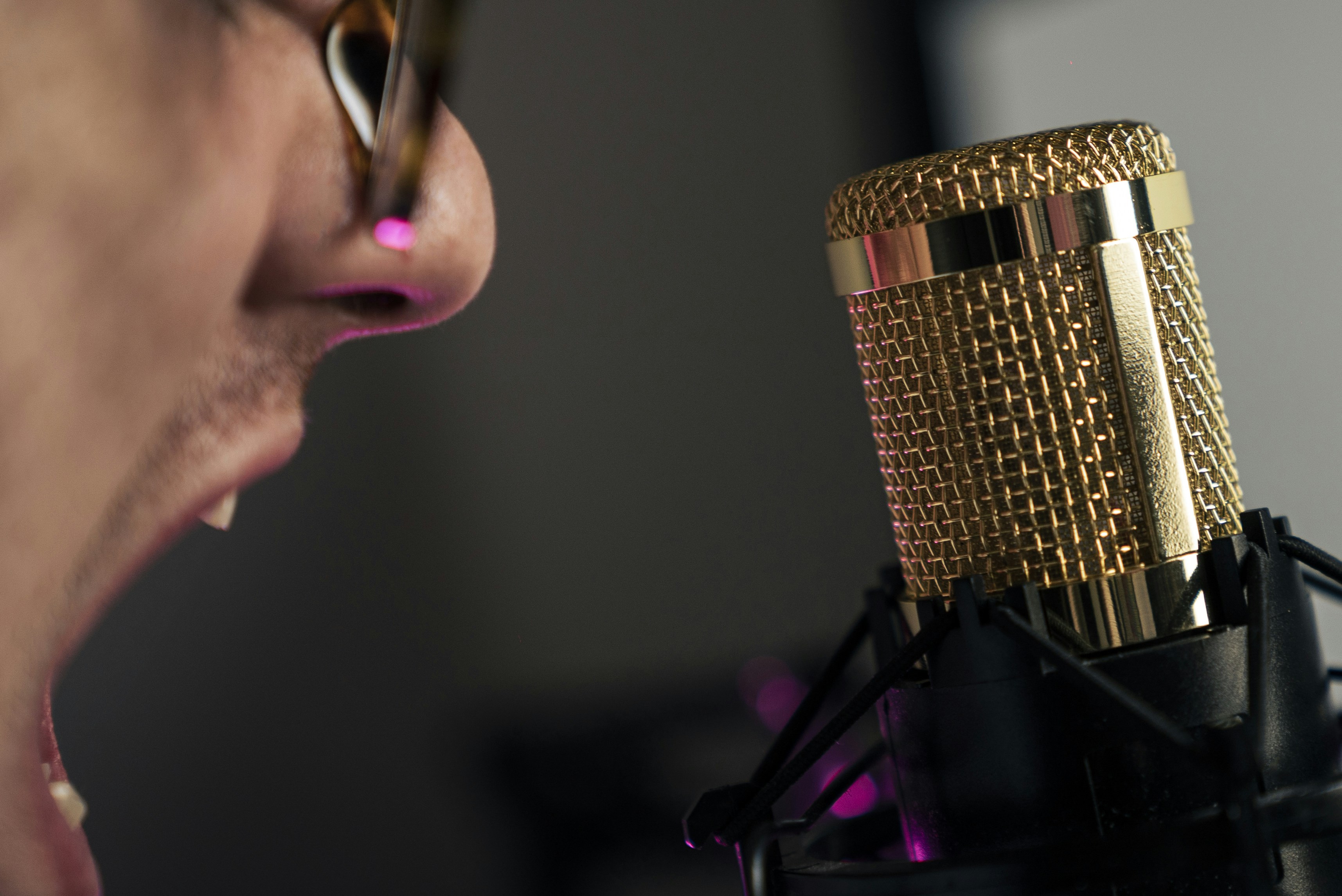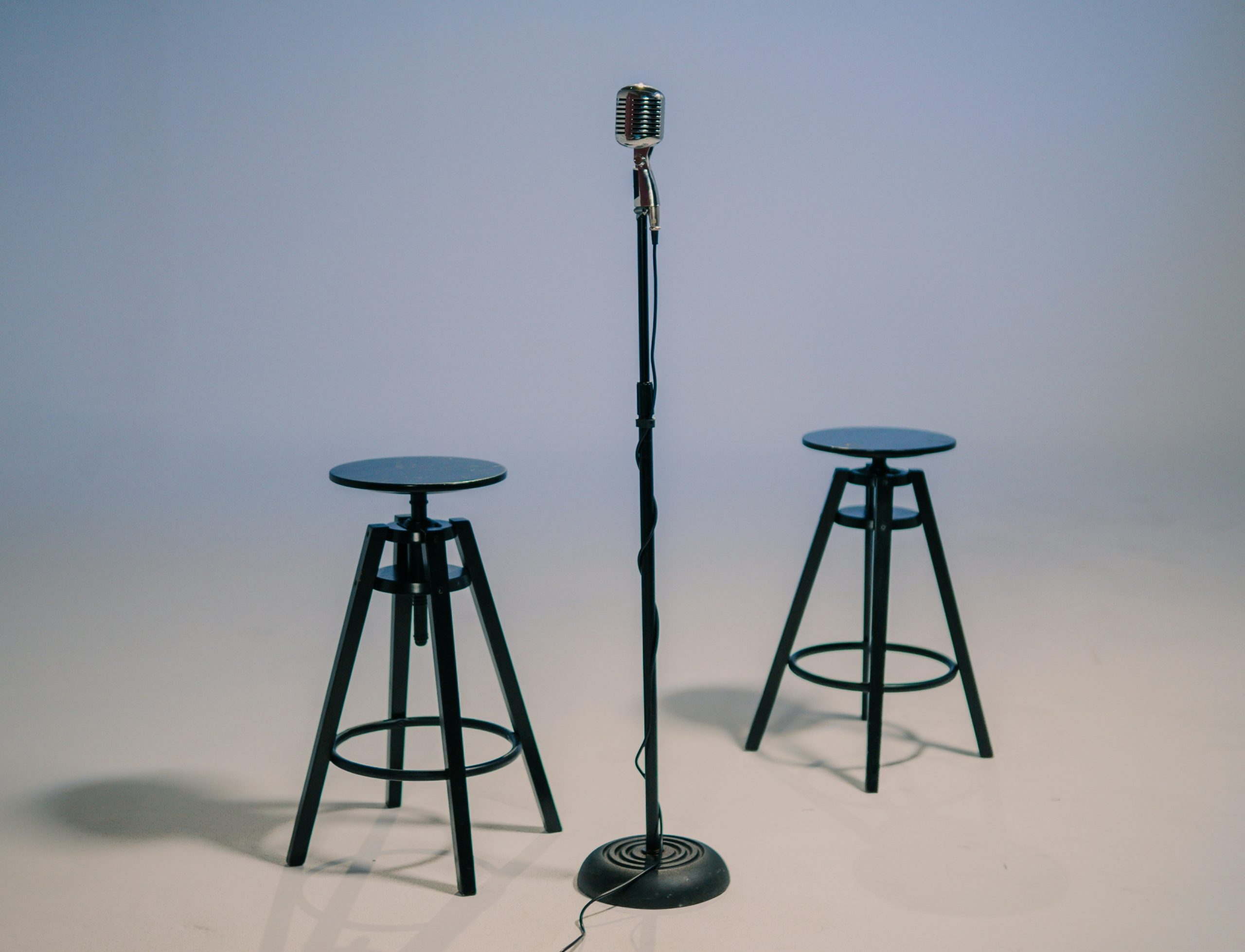Imagine you’re listening to a podcast, and the host’s voice is crystal clear, drawing you in with every word. Now picture the opposite: muffled sounds, static interference, and an echo that makes it hard to focus. The difference? A quality microphone can make all the difference in delivering stunning sound clarity.
Whether you’re recording a song, conducting interviews, or streaming your gaming sessions live, having the right microphone is essential for achieving top-notch audio. But what exactly should you look for when choosing one? This guide will help navigate through various options available in today’s market while pinpointing key features that enhance sound quality. Join us as we explore what makes a great microphone and unveil our top picks for consistent clarity!
The importance of clear sound quality
Clear sound quality is crucial in any audio-related endeavor. It shapes how listeners perceive and engage with content. Whether it’s music, podcasts, or video productions, clarity enhances the overall experience.
When audio is crisp and well-defined, it builds a connection between the speaker and the audience. This connection fosters understanding and emotional engagement. Listeners are more likely to stay tuned in when they can easily grasp every word or note.
In professional settings like interviews or presentations, clear sound eliminates distractions. It allows important messages microphone for podcasts to shine through without interference from poor audio quality.
Moreover, high-quality sound reflects professionalism and attention to detail. In a world where content is abundant, standing out requires investing in superior equipment that delivers exceptional clarity. The right microphone plays an invaluable role in achieving this level of excellence.
Types of microphones for different purposes
Microphones come in various types, each designed for specific purposes. Understanding these differences can help you choose the right one.
Dynamic microphones excel in live settings. They are durable and handle high sound levels well, making them ideal for concerts or public speaking events.
Condenser microphones capture a broader frequency range and are sensitive to subtle sounds. This makes them perfect for studio recording, especially vocals and acoustic instruments.
Lavalier microphones are small clip-on mics often used in interviews or presentations. They provide hands-free convenience while ensuring clear audio capture from the speaker.
USB microphones offer plug-and-play functionality, making them popular among podcasters and streamers. Their ease of use doesn’t compromise quality either.
Ribbon microphones give a warm tone that many musicians love for recording instrumental music. These vintage-style mics add character to recordings but require careful handling due to their fragility.
Factors to consider when choosing a microphone for clear sound quality

When selecting a microphone, the purpose of use is crucial. Are you recording vocals, instruments, or podcasts? Each task may require different specifications.
Next comes the type of microphone. Dynamic microphones are ideal for live performances while condenser models excel in studio settings. Consider your environment; some mics pick up background noise more than others.
Connectivity options matter as well. USB microphones are user-friendly for beginners and home studios, whereas XLR connections offer professional-grade quality but require additional equipment.
Check the frequency response range too. A broader range usually means better sound clarity across various frequencies.
Budget plays a role. High-end microphones often promise superior sound quality but many affordable options provide excellent performance without breaking the bank.
Top 5 microphones for clear sound quality
When it comes to achieving clear sound quality, the right microphone can make all the difference. Here are five top choices that stand out for their exceptional performance.
The Shure SM58 is a classic dynamic microphone favored by performers. It captures vocals beautifully while minimizing background noise.
Next up is the Audio-Technica AT2020, a versatile condenser mic perfect for studio recordings. Its wide frequency response ensures crisp and detailed audio capture.
For those on a budget, the Samson Q2U offers both USB and XLR connections. It’s an excellent option for podcasters seeking clarity without breaking the bank.
If you’re into streaming or gaming, consider the HyperX QuadCast. With its built-in pop filter and shock mount, it delivers pristine sound while looking sleek on your desk.
Check out the Rode NT1-A, known for its ultra-low self-noise level. This condenser mic excels in capturing intricate details in vocals and instruments alike.
Features and benefits of each microphone
The Shure SM7B is a dynamic microphone renowned for its rich sound quality. Its versatility makes it ideal for vocals, podcasts, and broadcasting. The built-in pop filter minimizes plosive sounds, ensuring clarity in recordings.
Next up is the Audio-Technica AT2020. This condenser microphone shines with its wide frequency response and low self-noise. It captures nuances beautifully, making it perfect for studio recording or home use.
For those on the go, the Rode NT-USB offers convenience without sacrificing quality. Its USB connectivity means you can plug directly into your computer while its built-in pop shield helps maintain vocal integrity.
Another great choice is the Blue Yeti USB Mic. With multiple pattern selections, it’s suitable for interviews or solo recordings alike. Plus, its sleek design adds a modern touch to any setup.
Consider the Sennheiser e835 if durability is a priority. This handheld mic delivers exceptional feedback rejection and robust build quality that stands up to live performances.
Tips for optimizing sound quality with your chosen microphone

To optimize sound quality with your microphone, first focus on placement. Position it as close to the sound source as possible. This minimizes background noise and captures clearer audio.
Next, consider using a pop technology filter. This accessory helps reduce plosive sounds caused by hard consonants like “p” and “b.” It can significantly enhance clarity in vocal recordings.
Another tip is to control your recording environment. Choose a quiet space with minimal echo or reverberation. Soft furnishings can absorb unwanted sound reflections.
Monitor levels carefully during recording sessions. Aim for consistent volume without peaking into distortion territory. Adjust gain settings on your audio interface accordingly for optimal results.
Always test before finalizing any recordings. A quick run-through will help you identify any issues that need addressing right away, ensuring your final output shines with superior quality.
Conclusion
Choosing the best microphone for clear sound quality is essential, whether you’re a podcaster, musician, or video creator. With various types of microphones available and numerous factors to consider, making an informed decision can significantly impact your audio experience.
Prioritize features that align with your specific needs. Understand the differences between dynamic and condenser microphones, as well as directional patterns like cardioid or omnidirectional. Each aspect influences how sounds are captured in different environments.
Investing in any of the top five microphones mentioned will enhance your recordings tremendously. Look into their unique benefits and see which one fits your style best.
Don’t forget about optimizing sound quality through proper setup and techniques. Ensure you’re aware of positioning, background noise reduction, and using pop filters where necessary to achieve professional-grade results.
Selecting the right microphone sets the foundation for exceptional audio clarity that resonates with your audience.

